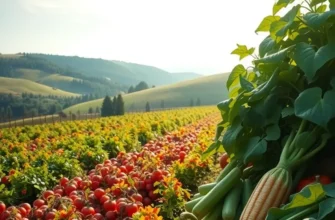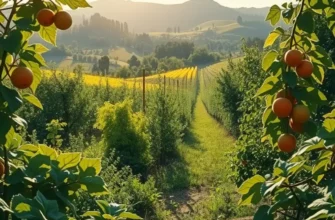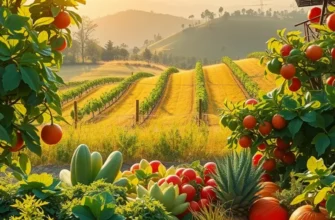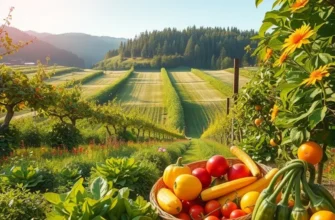Properly storing opened spices not only preserves their flavor, but it also contributes to reducing food waste and managing your pantry effectively. Many home cooks face the challenge of keeping their spices fresh and vibrant, but with a few straightforward strategies, you can ensure your spice collection remains a valuable asset in your cooking endeavors. Let’s explore actionable solutions and practical techniques to optimize the storage of your opened spices.
Choosing the Right Containers for Spice Storage
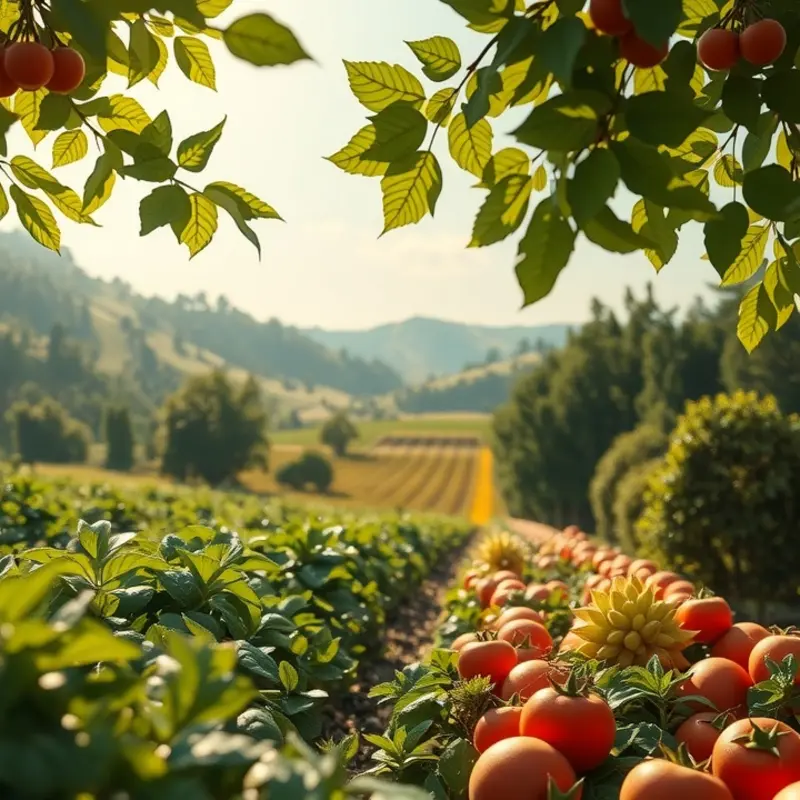
Selecting the perfect container for your spices can significantly impact flavor retention and usability. A well-chosen container not only maintains the spice’s flavor but also makes kitchen tasks more efficient. The key is to strike a balance between preservation, accessibility, and practicality.
Materials Matter
Glass and metal are the go-to materials when it comes to spice storage. Glass jars are popular for their non-reactive properties, keeping your spices safe from chemical contamination. They are also easy to clean and transparent, aiding in quick identification. Metal tins, preferably those that are stainless steel, provide an opaque shelter that shields your spices from the degrading effects of light. Avoid plastic containers as they can transfer odors and flavors, especially with potent spices like turmeric and cayenne.
Airtight Seal
An airtight seal is non-negotiable when choosing a spice container. The longer your spices are exposed to air, the quicker they lose their potency. Containers with silicone rings ensure a tight seal, preventing unwanted moisture and air from infiltrating.
Size and Shape
Opt for smaller containers to store spices you use less frequently, reducing exposure to air each time you open them. Think about the shape, too; stackable containers maximize cabinet space, while wide-mouth designs allow easy access for measuring spoons.
Practical Labeling
Labels might seem trivial, but they can save time and reduce spice wastage. Consider using removable adhesive labels or chalkboard-style labeling for easy updates. Make sure the labels are large enough to read at a glance, detailing the spice name and date of purchase or opening.
Innovative Storage Solutions
Magnetic jars are an exciting option for saving drawer and counter space. These containers stick to metal surfaces, often featuring a transparent lid for easy visibility. For those who prefer drawers, look into spice drawer inserts that keep containers neatly aligned and easy to access.
Sustainable Options
Sustainability is crucial in contemporary kitchens. Focus on reusable containers and think about buying spices in bulk to reduce packaging waste. Aligning with eco-friendly practices can complement your overall kitchen organization strategy. For more eco-smart kitchen storage tips, check out this guide.
Choosing the right containers not only preserves the vibrant flavors of your spices but also enhances the efficiency and sustainability of your kitchen habits. Prioritize materials that offer airtight seals and consider labeling techniques to quickly identify your culinary essentials. By doing so, you’ll enjoy fresher spices and a more organized space.
Optimal Conditions for Spice Longevity
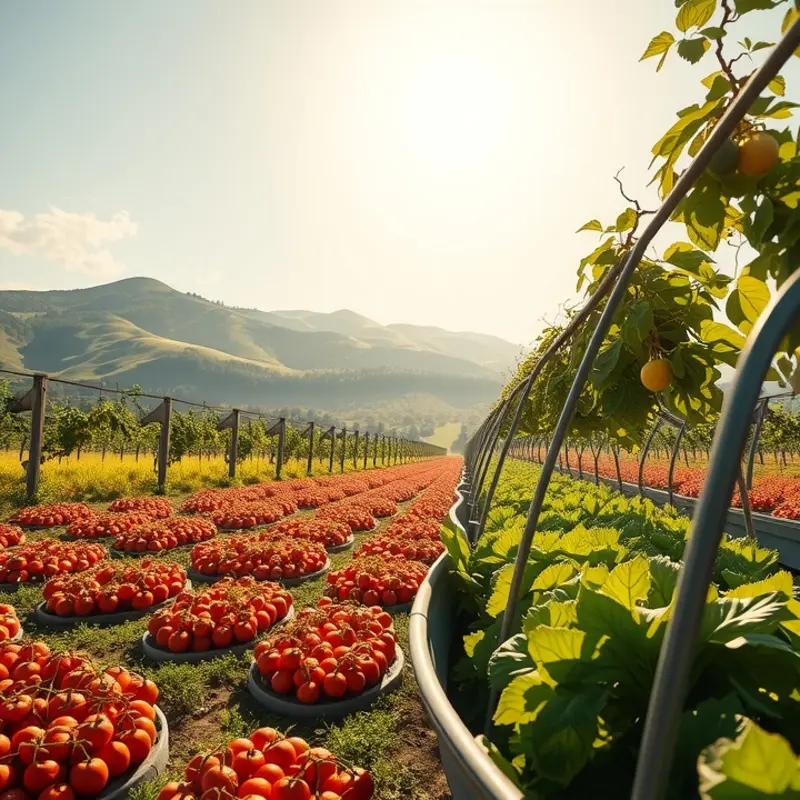
To maximize the longevity and potency of your spices, it’s essential to store them under optimal environmental conditions. Three key factors to consider are temperature, humidity, and light exposure. Addressing these elements can significantly influence the flavor retention and usability of your spices, thereby minimizing waste in your kitchen.
Temperature Control
Spices are best stored at consistent temperatures, ideally between 60°F and 70°F. High temperatures can accelerate the degradation of volatile compounds in spices, leading to loss of flavor and aroma. Conversely, storing spices in extremely cool conditions like the refrigerator can introduce unnecessary moisture upon removal. Instead, aim for a stable, cool environment to keep them fresh.
Humidity Levels
Humidity is a silent yet potent enemy of spice preservation. Spices should be stored in dry conditions, as moisture can lead to clumping, mold growth, and spoilage, detracting from the spice’s quality and shelf life. To counter humidity, consider using airtight containers, which prevent moisture ingress. Moreover, avoid storing spices above the stove or dishwasher, where steam can frequently be present.
Light Exposure
Exposure to light, particularly sunlight, can trigger photodegradation in spices. This process diminishes both the color and flavor of spices, such as paprika and turmeric, which are particularly light-sensitive. To guard against this, use opaque or dark glass jars to shield your spices from direct light. Alternatively, store them inside a closed cabinet or pantry.
For a sustainable and eco-smart approach to kitchen storage, which goes beyond spices, consider exploring this guide. Such practices not only extend the life of culinary ingredients but also promote resource efficiency.
The Role of Packaging
Packaging plays a crucial role in maintaining the stability of your spices. Opt for jars with tight-fitting lids over the original bags they often come in, as this reduces air contact. When transferring your spices, ensure the containers are clean and dry to prevent contamination.
Paying attention to these factors will ensure your spices retain their vibrant flavors and aromas for as long as possible. By making a few conscious adjustments to your spice storage solutions, not only do you reduce waste, but you also ensure your culinary endeavours are consistently flavored with the full potency of your spices.
Final words
Storing opened spices effectively involves selecting the right containers and maintaining optimal storage conditions. By investing in airtight, dark, and moisture-resistant containers, you ensure the flavor and aroma of your spices are preserved for longer periods. Consider your pantry’s environment and implement solutions to minimize light, humidity, and temperature fluctuations. These proactive measures not only enhance your culinary experience but also help reduce waste and promote better food management practices at home. Remember, a well-organized spice collection can elevate your cooking, paving the way for your culinary adventures.



